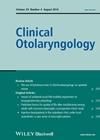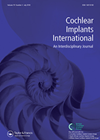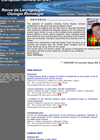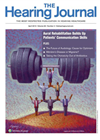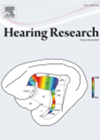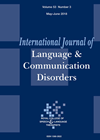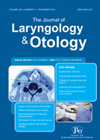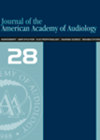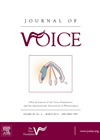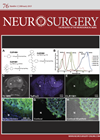
Journal Reviews archive for 2015
Outpatient injection laryngoplasty
The benefits of a local anaesthetic centred laryngoplasty service in the outpatient environment may interest surgeons and hospital managers alike. This case series looked at patients over a two-year period undergoing local anaesthetic injection laryngoplasty in outpatients. Patient-rated (Voice Performance...
Paediatric coblation intracapsular tonsillectomy
The ENT-UK tonsillectomy audit in 2005 created understandable caution in the promotion of Coblation techniques. This prospective study on 100 consecutive paediatric patients looked at outcomes following ‘cold’ radiofrequency ablation (Coblation) intracapsular tonsillectomy. This series shows the technique to be...
Cochlear implantation in immunosuppressed patients. Is it feasible?
The effectiveness of cochlear implantation has led to a relaxation of the candidate criteria. Patients who had been rejected in the past may now be accepted and their outcomes are encouraging. However, the acceptance of immunosuppressed patients as cochlear implant...
Neurosarcoidosis: another aetiologic factor for deafness and labyrinthitis ossificans
Very few studies describe deafness secondary to neurosarcoidosis as the latter is a rare inflammatory disorder of the nervous system usually associated with facial nerve and optic nerve disorders. This interesting case report describes a rare case of cochlear ossification...
Military acoustic trauma: incidence and management
This is a retrospective study on the effects of acute acoustic trauma on the hearing thresholds of 225 military personnel. The main symptom after acute acoustic trauma due to firearm use was tinnitus. The authors consider it as the main...
New aminoglycosides with reduced ototoxicity risk
Aminoglycoside antibiotics are widely used for infections affecting patients of all ages and at different sites, however they carry a risk of ototoxicity, nephrotoxicity and rarely peripheral neuropathy. Preventing ototoxicity is crucial to the maintenance of auditory function and quality...
Aided speech auditory brainstem response
Auditory brainstem response (ABR) is commonly used for hearing screening and is considered as one of the important means of objective audiometry. Speech ABR is a relatively new concept and is regarded as a marker of speech encoding at the...
English language development in bilingual toddlers
It is known that bilingual children have a smaller vocabulary in each of their two languages than monolingual children and also take a little longer to reach the same levels as monolinguals on various grammatical tasks. The authors of the...
For how long is post-pinnaplasty head bandage really necessary?
It is customary to put on a head bandage after pinnaplasty and the general consensus is that it should remain on for about a week to prevent haematoma and splint the reshaped pinna in place. In this review article, the...
Stimulation for tinnitus
Tinnitus is known to be inhibited by stimulation of the auditory system by stimuli such as acoustical, electrical and magnetic. Residual inhibition (RI) is when tinnitus is temporarily eliminated for a period of time lasting seconds, minutes, up to hours...
The laryngeal microdebrider – a useful adjunct in the surgical treatment of Reinke’s oedema?
The surgical treatment of Reinke’s oedema traditionally involves a cold steel incision placed in the lateral aspect of the vocal fold with aspiration of the characteristic gelatinous contents. In this paper, the authors compare voice outcomes in patients treated with...
Clival chordoma recurrence
Chordomas are generally slow growing and are histologically considered low grade tumours. Their high recurrence rate even after postoperative radiation renders them difficult to treat. This is particularly true for clival chordomas whose deep anatomic location and proximity to vital...

